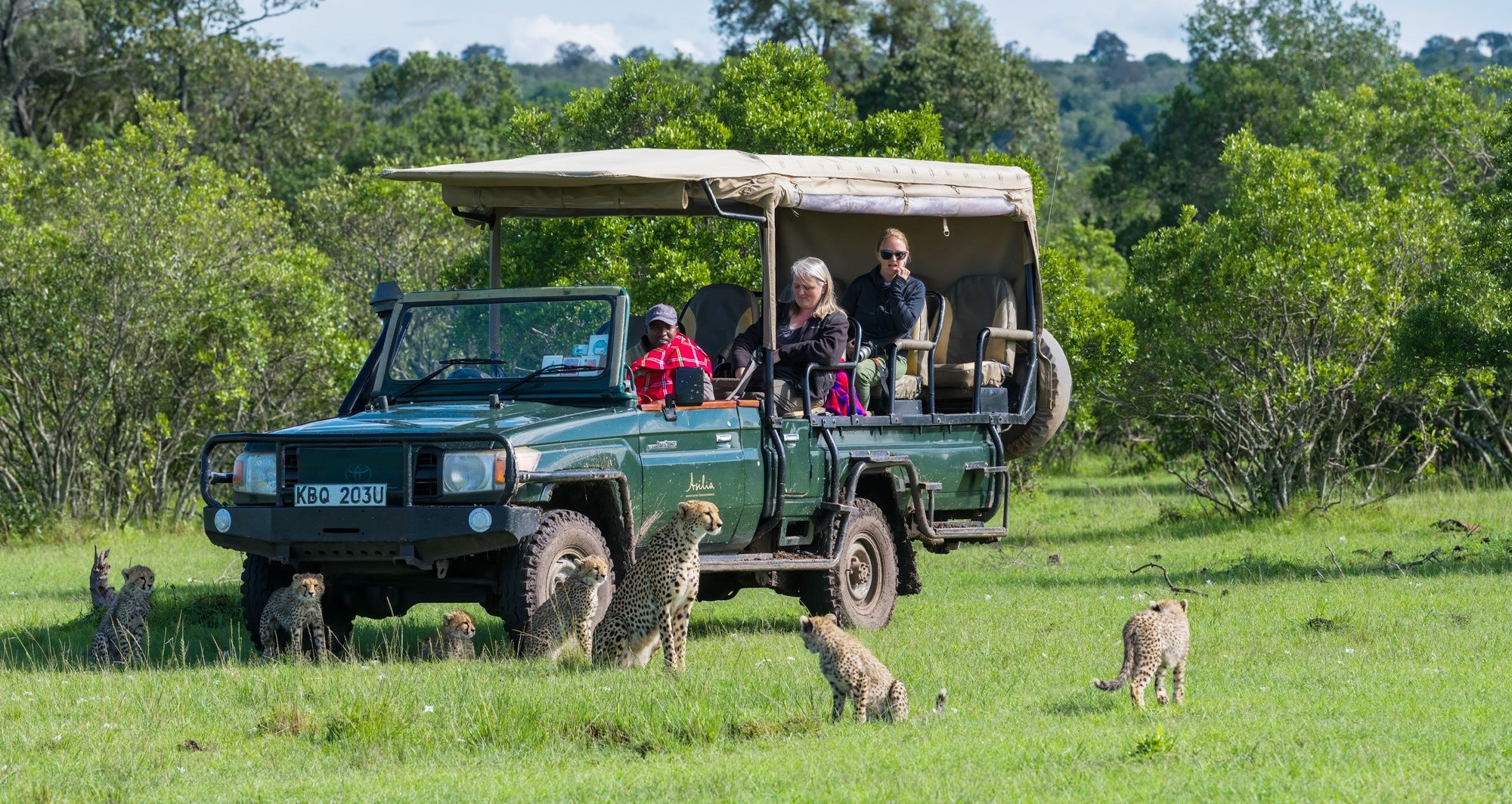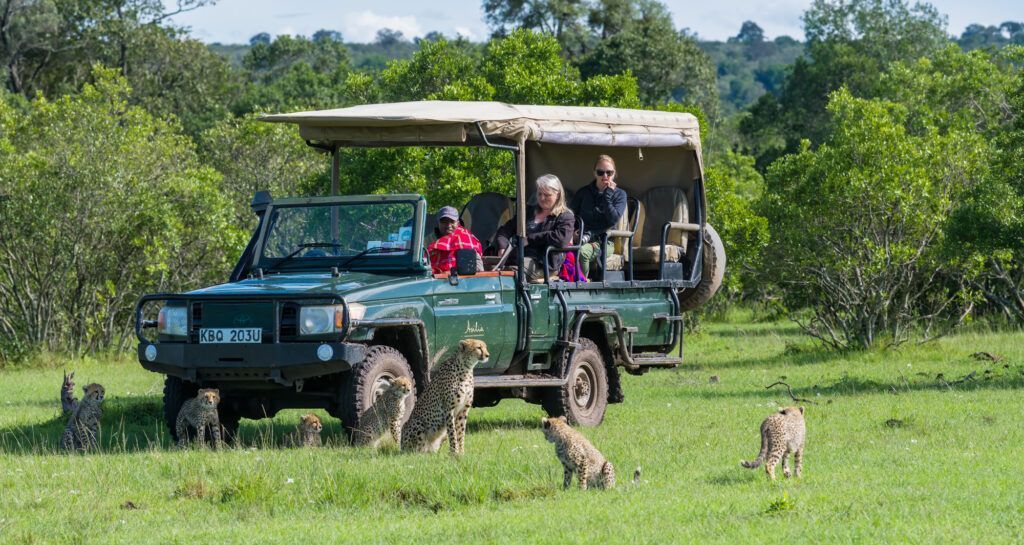Introduction
So, you’ve done all of the preparation for your first African Photo Safari. You’ve gone through your checklist to ensure that you will not need anything that you have not packed. The anticipation is unbearable as you leave home. You cannot wait to get there and experience the first African sunrise, which is like no other on the planet.
To be woken by the roar of a lion or the saw of a leopard, supported by the last calls of a nightjar or marsh owl just before sunrise. The lonely call of a jackal.
Yes, it is special. It is not comparable to any other experience in the world. That is exactly why you should make the most of it. Do your best to return home with only memories to treasure and no regrets.
Note: This guide follows on from my previous Photzy guide ‘3 Tips for Preparing for Your First African Photo Safari.’ I strongly recommend that you read that first and I will assume that you have done so as I move along with this guide. Without proper preparations, you will most likely not get the most out of your first African safari.
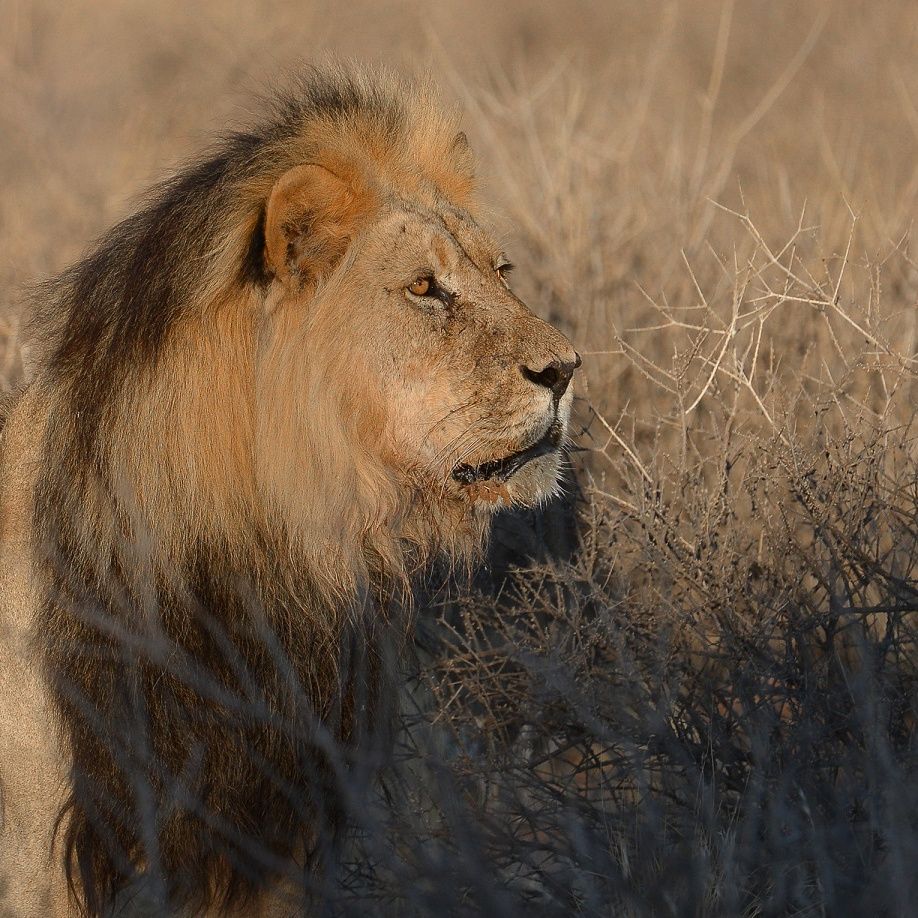
A lion almost within touching distance from my (unfenced) tent chalet in the Kgalagadi Transfrontier Park, South Africa. Photograph by Tobie Schalkwyk
What will you learn in this guide?
In this guide, we will have a look at what to expect on an African Safari, not only from the trip itself but also its people, its typical animal behavior, and even its accommodation.
We will also look at a few pre-trip preparations to ensure that you will get the most out of every trip.
The type of safari may vary greatly, but the principles stay the same whether you do a self-drive safari, a guided open-vehicle safari, a tented safari, or a chalet/lodge safari.
Recommended Reading: Want to learn how to make your photos stand out from everyone else’s? Grab a copy of Photzy’s Effective Storytelling premium guide.
What To Expect
1. Africa’s People
Africa’s people are as friendly as you’ll get anywhere on the planet. They laugh easily, they love to dance, and they like to tell stories. Make yourself at home and enjoy every moment in their company.
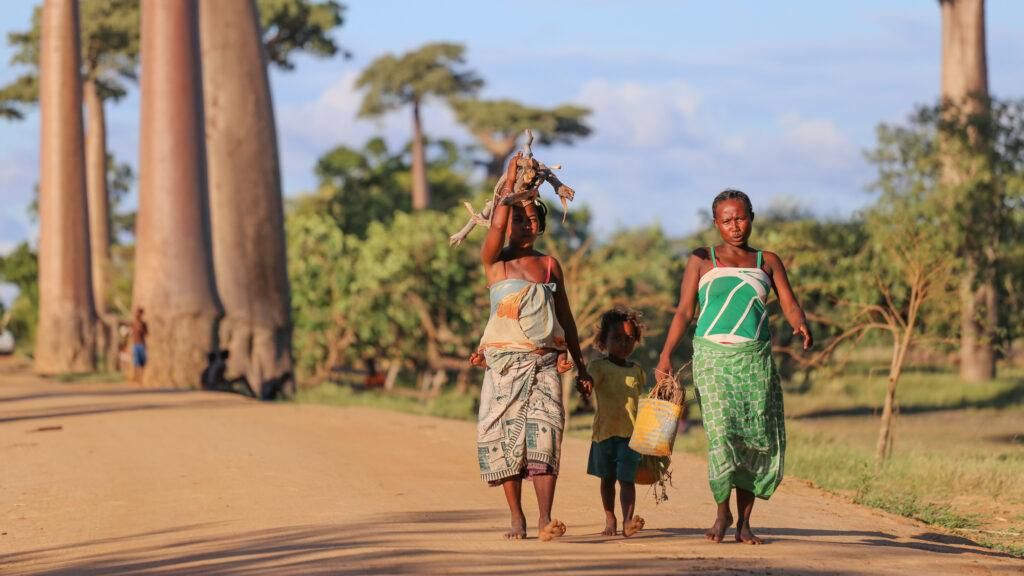
Note: As on any other continent, Africa has a criminal element. The difference, however, is that Africa has an abundance of extremely poor inhabitants, desperate to make money in any way possible. It is thus a good idea to keep the following in mind:
- Not to show off expensive stuff.
If you visit towns and cities, leave your expensive jewelry at home. Carry only an average watch and nothing more.
- Never let your camera leave your hands. Keep your camera bag on your body and check that your zips are zipped up now and again.
- Don’t go anywhere without notifying your guide. Ask around and make sure that your transport and destination are safe.
- If possible at all, travel in groups and never leave your group.
2. Africa’s Animals
You need to know about a strange wildlife phenomenon: wildlife and wild birds are in general not scared of vehicles. They see them as ‘another harmless animal’ sharing their environment. Africa’s reserves have been around for a long time, so most of its wildlife has grown up with safari vehicles as part of their lives.
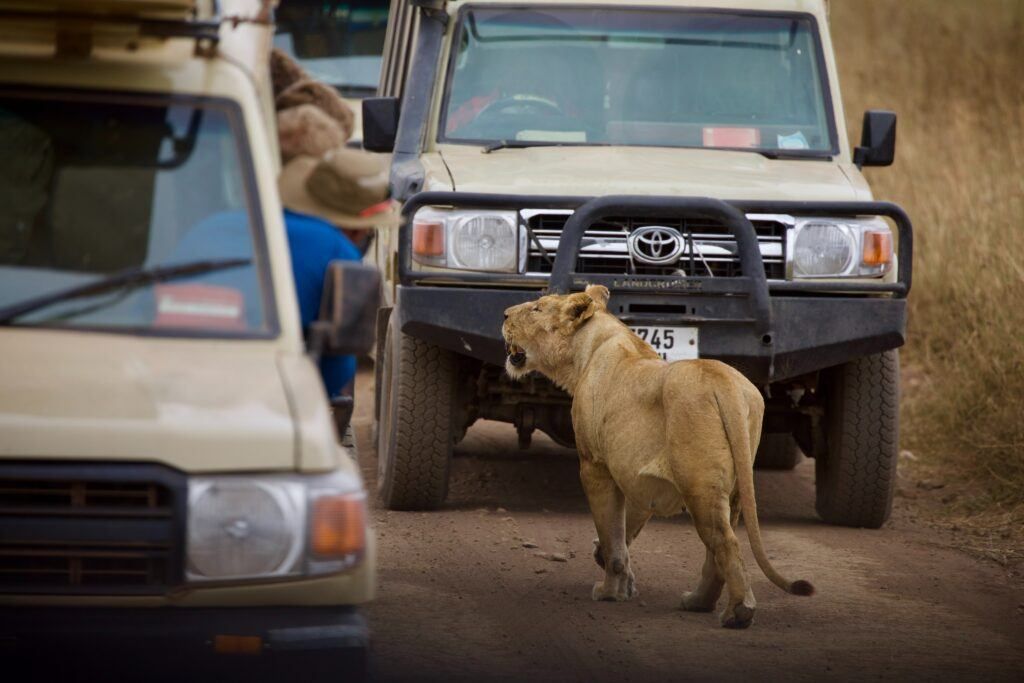
If you are sitting down quietly in a vehicle (even an open-safari vehicle), the animals and birds will ignore you, even as you move around to take your shots and whisper to people close to you.
If you are sitting down quietly in a vehicle (even an open-safari vehicle), the animals and birds will ignore you
Take my word for it: you never get used to the adrenalin rushing through your body as a lion or leopard looks you straight in the eye or walks past you within touching distance while sitting in an open-safari vehicle! Just relax, keep on breathing, and enjoy the moment!
Note: The fact that wildlife is used to vehicles around them does not mean that they are tame! Always respect them as wild animals and treat them as such. Do not tease them or make sudden movements towards them. You may pay dearly for that, even with your life!
3. African Accommodation
You are totally spoiled for choice as far as the types of accommodation on the African continent are concerned. Your choices are mainly as follows:
Tented Camp
This is my personal favorite as you still have your necessities and a bit of luxury despite an African Safari experience. An en suite bathroom, warm double bed, and kitchenette are usually included. If you go this route, try to find an offer with an on-site restaurant so that you do not have to spend your precious viewing time preparing meals.
Most of these restaurants will hand you breakfast or other meals to take with you on safari drives so you don’t have to be on-site during mealtimes.
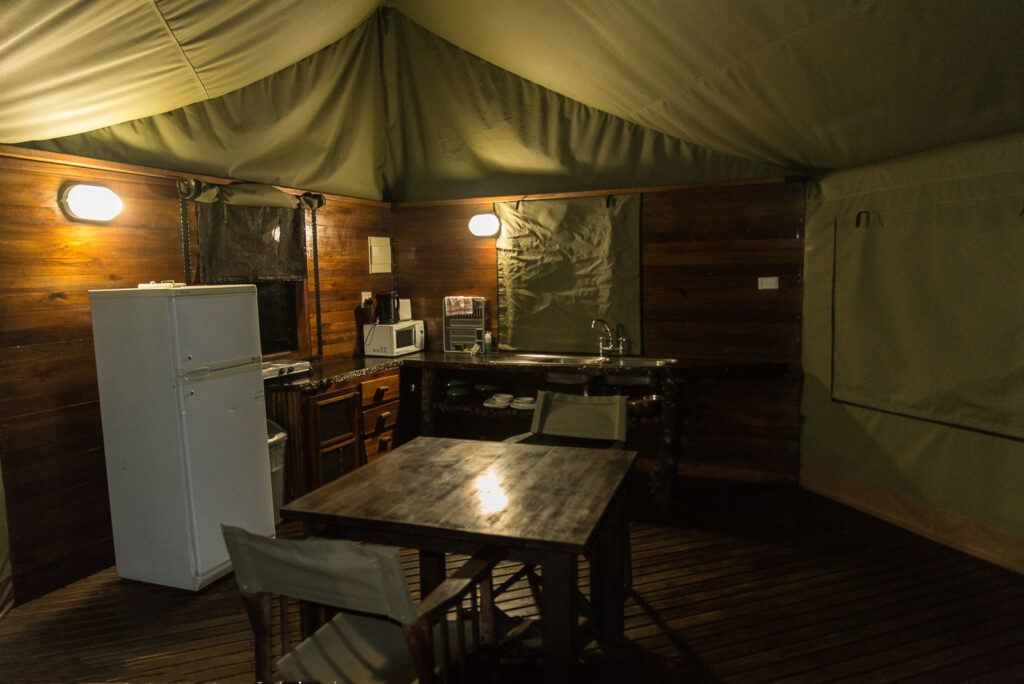
A tent chalet in Mapungubwe, South Africa. Well-equipped for self-catering. Photograph by Tobie Schalkwyk
Lodge
This offers you a little more luxury than a tented camp.
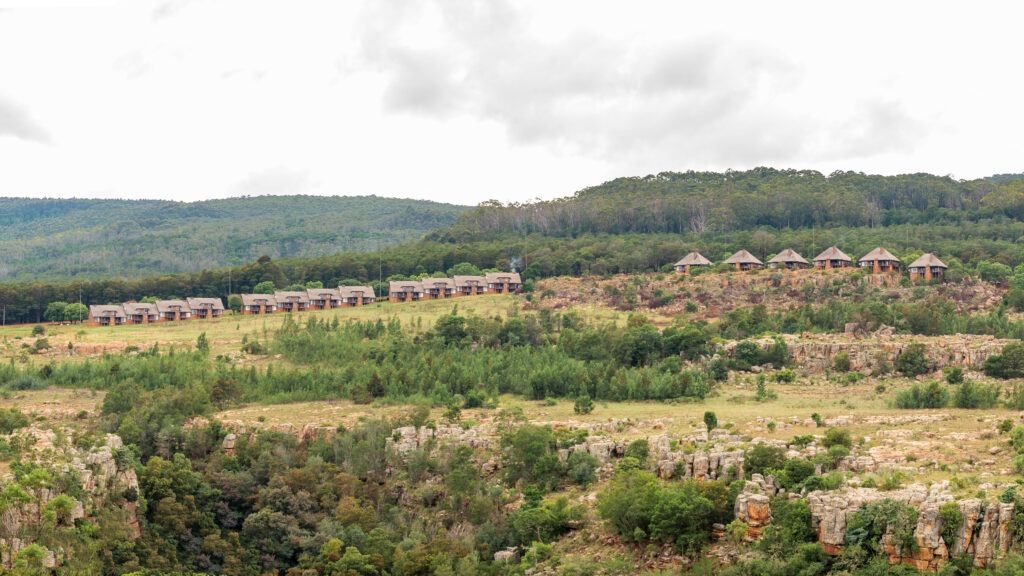
Self-catering lodges at Crystal Springs, South Africa. Photograph by Tobie Schalkwyk
Hotel
Yes, some reserves have hotels on-site. Hotels have stricter rules regarding mealtimes and safari drive arrangements. You have a little less privacy too, so this is usually not my cup of tea.
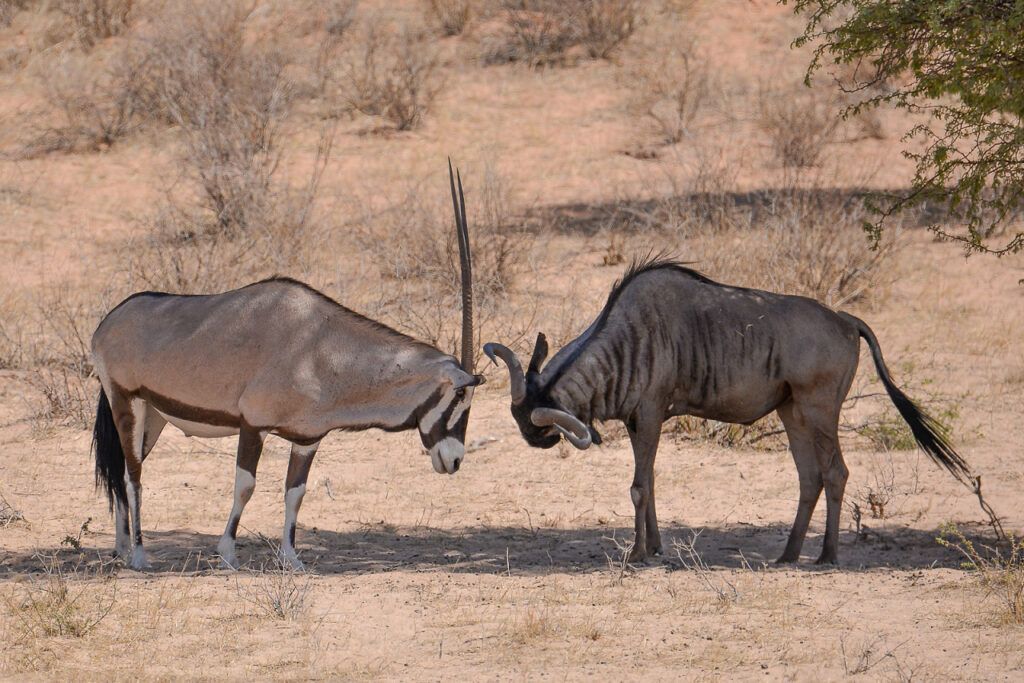
An Oryx and Blouwildebeest mock-fighting over a precious patch of shade in the Kgalagadi Transfrontier Park, South Africa. Photograph by Tobie Schalkwyk
Key Lesson: Africa is different from any other continent. It’s different in terms of its people, its animals, and its wildlife experiences. It is unique in its beauty. Every safari drive is different from any other. Start each safari trip with an open mind. Prepare yourself to be spoiled, to be amazed, and to experience something you will never forget.
Pre-Trip Preparations
I am not going to repeat the preparations in detail as covered in ‘3 Tips for Preparing for Your First African Photo Safari.’ I am going to assume that you have read that guide and have prepared accordingly. Let’s look at preparations just before going on each trip.
1. What To Wear
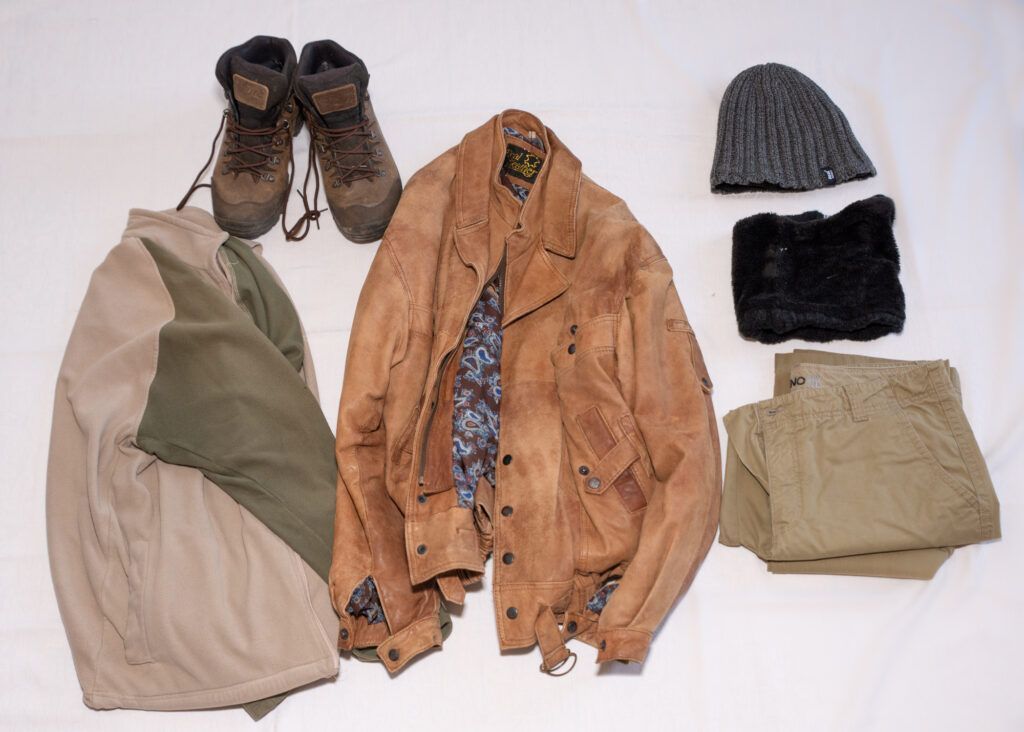
Photograph by Tobie Schalkwyk
If you are going to leave at dusk on an open safari vehicle, prepare well for extreme cold – yes, even in summer. Wear:
- long pants,
- warm hiking boots,
- a warm jacket (and if you have one, a fleece jacket underneath),
- a scarf or other type of neck warmer, and
- a beanie.
Gloves will not work well as you need your hands free to operate your camera. It may come in handy when it’s too dark for taking photos, though.
If you’ll be driving around in the sunshine, remember to take a sun hat and sunblock with you. The extreme effect of the sun is deceiving on a moving open vehicle, so ensure that you apply your sunblock before the trips start.
2. Essential Things To Pack for Each Trip
Your camera bag can serve a double purpose. Not only can it carry your common photographic accessories, but it can also carry your extras for each trip (after all, your camera is in your hands so it has extra packing space).
Cameras
If you are using DSLRs and it’s possible at all, take two cameras on your trip –one for close-ups and another for long-distance shots. Swapping lenses during a trip is not recommended. Sometimes your safari vehicle will come to a sudden stop and will be engulfed in dust for a few minutes. The last thing you want to do then is to swap lenses and expose your camera’s sensor to the outside world.
Swapping lenses during a trip is not recommended. Sometimes your safari vehicle will come to a sudden stop and will be engulfed in dust for a few minutes.
If you have to swap lenses, ensure that your camera is switched off during the process. When your camera is switched on, the static electricity of its sensor is a dust magnet. Wait as long as you can for the dust to settle before exchanging lenses.
Lens Protection
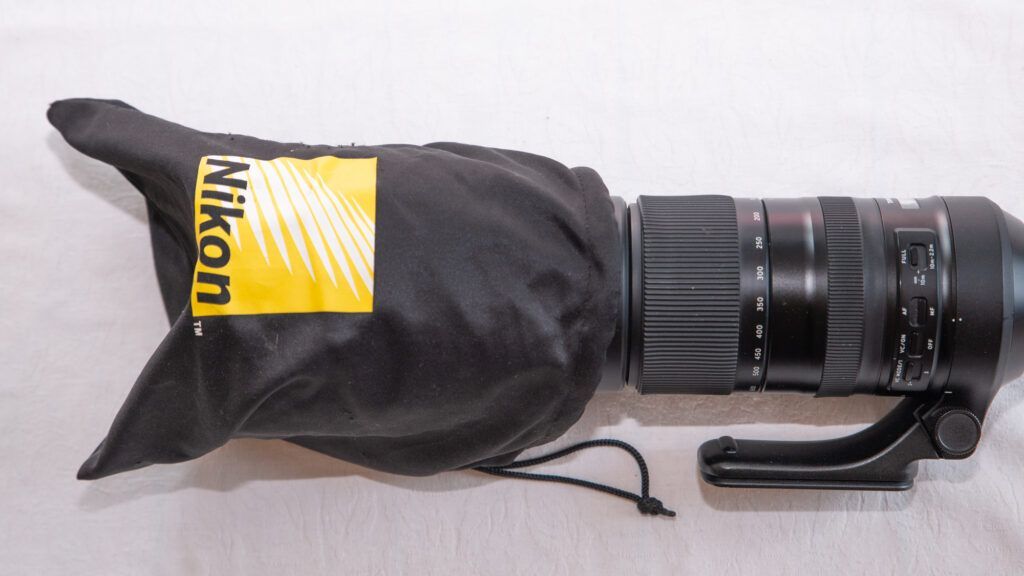
Photograph by Tobie Schalkwyk
Pack something to cover your lens’ glass during your trip (to protect it from excessive dust), like a small towel or an extra sun hat – anything that can be removed quickly before taking a shot. I don’t like using a lens cap as it can rob you of a shot during the second or two it takes to remove it – sometimes you only discover that it’s still on the lens as you look through the viewfinder.
Note: Remember, in Africa, a split-second can make the difference between a good shot, a great shot, and a missed shot
Recommended Reading: Want to learn how to make your photos stand out from everyone else’s? Grab a copy of Photzy’s Effective Storytelling premium guide.
Lenses
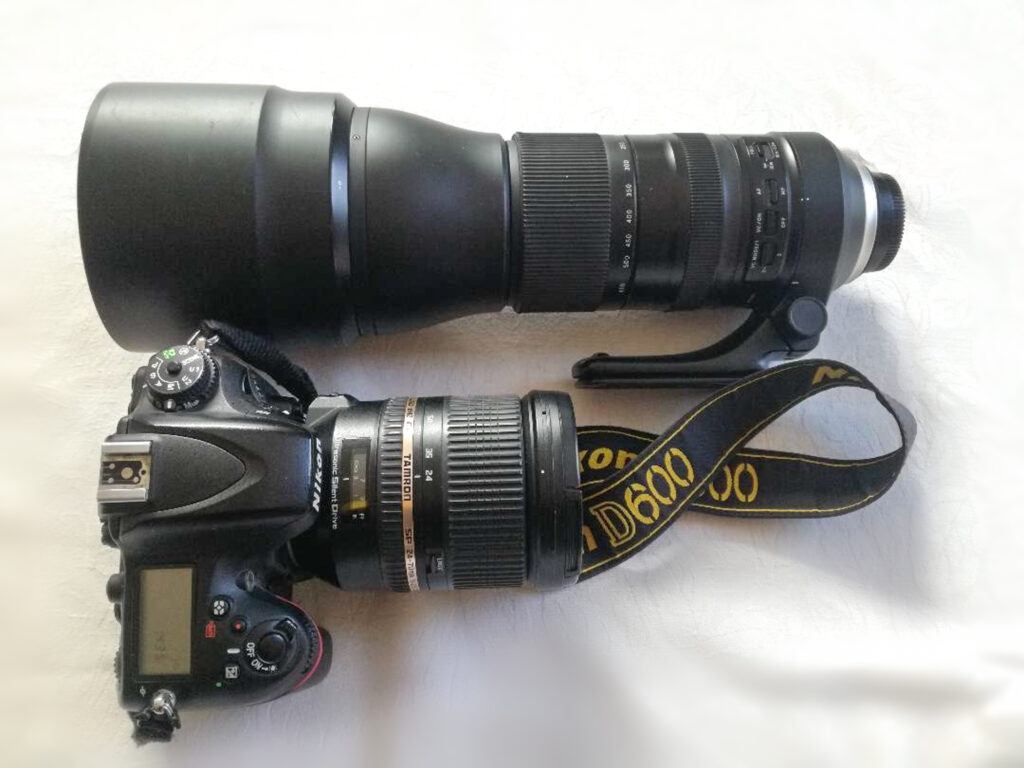
A perfect wildlife/birdlife combo: 24-70 and 150-600 lenses. Photograph by Tobie Schalkwyk
If you carry only one DSLR, decide beforehand what the main goal of your trip will be and mount the appropriate lens for that purpose.
- Shooting Wildlife. Sometimes animals can come almost within touching distance from your vehicle. Pack a lens for close-distance shots. The 24-70mm is a great choice. The 70-200mm/70-300mm are great second options but may prove a bit challenging if the animals are really close.
- Shooting Birds. I simply love my 150-600mm zoom lens. It doubles up quite well for wildlife that’s not right next to the vehicle.
Extra Memory Cards
Pack extra memory cards, especially if you are not as fortunate as I to have dual memory card slots in your camera. The last thing you want to do is miss awesome action shots as you try to decide which images to delete to free up memory space.
Backup Battery Power
The last thing you want to do is to find yourself in amazing photo situations with a flat battery in your camera. Make sure that you have packed a fully charged backup battery for each of your cameras. Also start each trip with a fully charged battery loaded in each of your cameras.
Raincoat (for Open-Safari Vehicle)
This may sound like overkill, but not so. An African safari trip can start in the most beautiful sunshine and end in a thunderstorm. Try to find one of those poncho-type raincoats made of thin plastic. They fold up small enough to fit into one of your camera bag’s zipper sections and offer enough free room to cover your camera if needed.
Flashlight (for Night Drives)
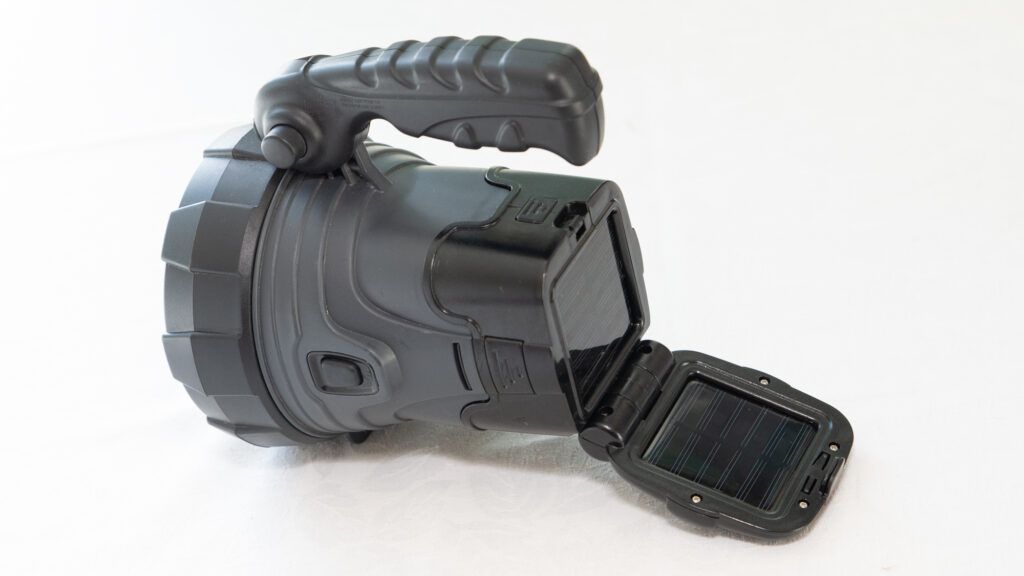
Photograph by Tobie Schalkwyk
Nothing is as frustrating as wanting to see a particular bit of action which is not that interesting to the guide or passenger holding the guide’s flashlight. And of course, more than one searching light means a higher possibility of spotting something of interest during the drive.
Pack a small headlamp if you go on a drive in the dark, in case you need to swap batteries/lenses or you’re looking for something in the bag.
Tip: If possible, get yourself a flashlight that charges the battery via solar panels. Leave it in a sunny spot to charge while you are out on your day drives.
Do not shine a flashlight into carnivores’ eyes as it will blind them temporarily. Usually, your guide will inform you which animals’ eyes are sensitive to light. Follow his/her guidance in this regard.
Insect Repellent
You need insect repellent for your drives during dark hours, especially in water-rich areas. Mosquitos can be a real nuisance and even life-threatening (due to malaria) on the African East Coast.
Snacks
Some drives can be quite long and candy or salty snacks may just be what’s needed to help you relax and enjoy the trip. It may even help you bond with your co-safarists by offering them some!
Drinks
Pack at least 500ml of water or a bottle of soda. Once you are away from your base, there will be no opportunity to get drinks along the way. I specifically mention ‘bottle’ of soda because you can close the lid after a sip or two. Once you open a can, you have to finish it and risk spilling its contents during sightings or on bumpy roads.
Once you are away from your base, there will be no opportunity to get drinks along the way.
Binoculars
It’s much easier to look for (or identify) animals and birds through your binoculars than with the naked eye. After taking the shots you wanted on a particular scene, you may want to study the animals/birds through your binoculars.
I like to keep a 10×50 set for this purpose. It’s not too bulky and it’s perfect for zooming in to wildlife scenes.
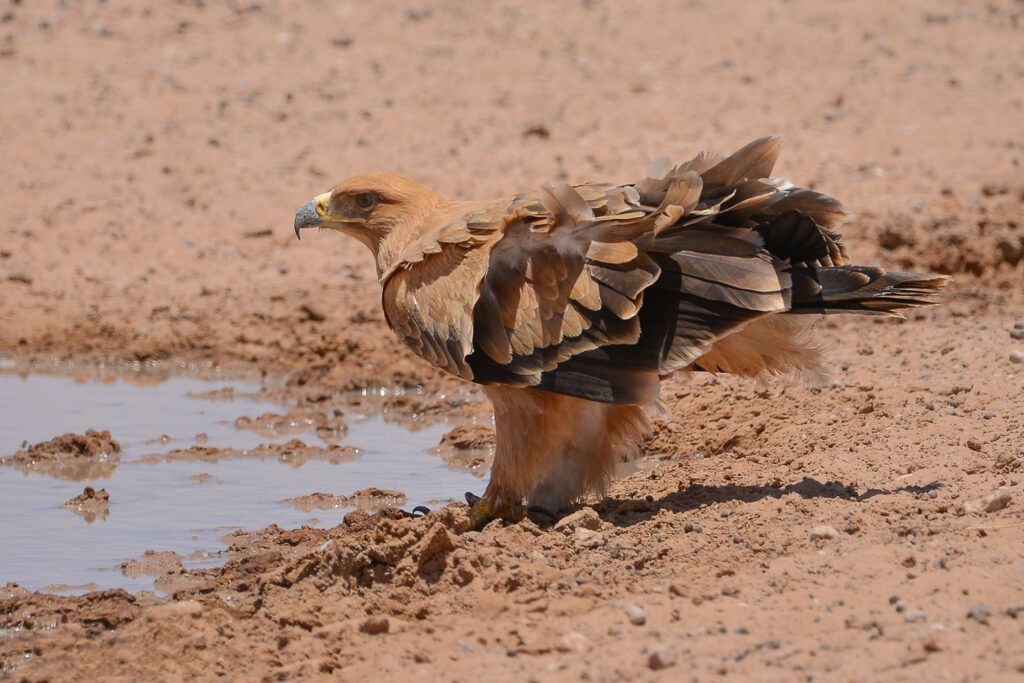
A Tawny eagle enjoying a sip of precious water in the Kgalagadi Transfrontier Park, South Africa. Photograph by Tobie Schalkwyk
Key Lesson: I have only mentioned a few pre-trip preparations I can think of. Spend a few minutes to try and think of at least three more items. Keep in mind that I’m looking at it from my perspective. Yours may be totally different from mine.
The bottom line is to be prepared. Once you have departed on your trip, there is no turning back, and possibly no getting off the vehicle at all. My motto in such an event is simple: rather pack something and not use it than not pack it and wish that you did!
The Trip
1. Where (Not) To Sit
When traveling in an open safari vehicle, try to avoid the last row of seats at the back of the vehicle. You won’t believe how bumpy that spot can become on one of Africa’s dirt roads. This is even more important if you have the slightest of back problems as you are guaranteed to regret the trip.
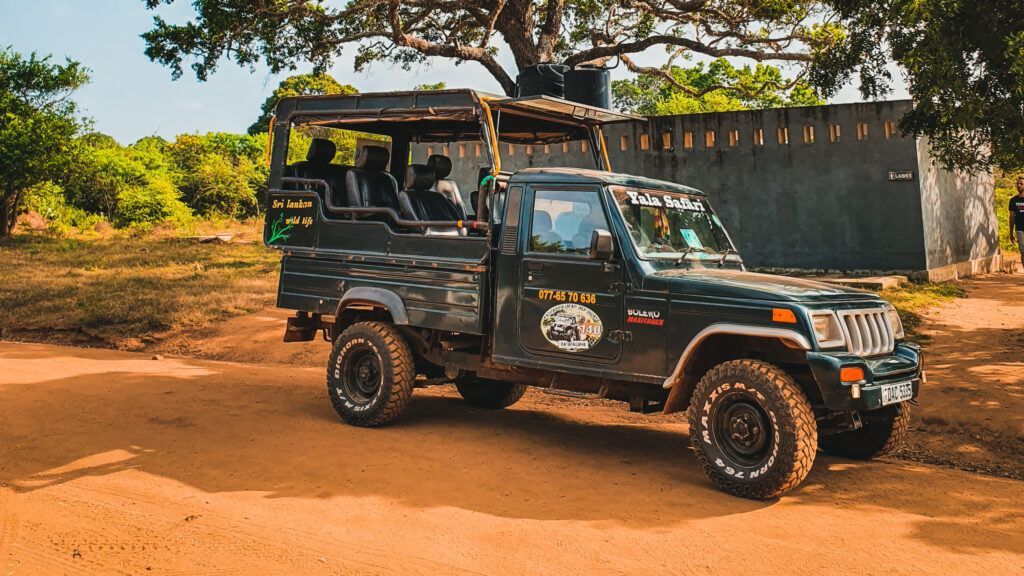
If you find it hard to climb into the higher parts of the vehicle, ask your guide to let you sit in the front passenger seat next to him/her. It has added advantages:
- You are closer to the animals than the other guests
- It’s usually the softest seat
- You are right next to the guide so it’s easy to hear him/her speaking and you can easily ask questions
- You may be given the task of handling the guide’s hand-held spotlight during drives in the dark
If all of the seats are filled, place your camera bag at your feet.
2. Be Part of the Fun
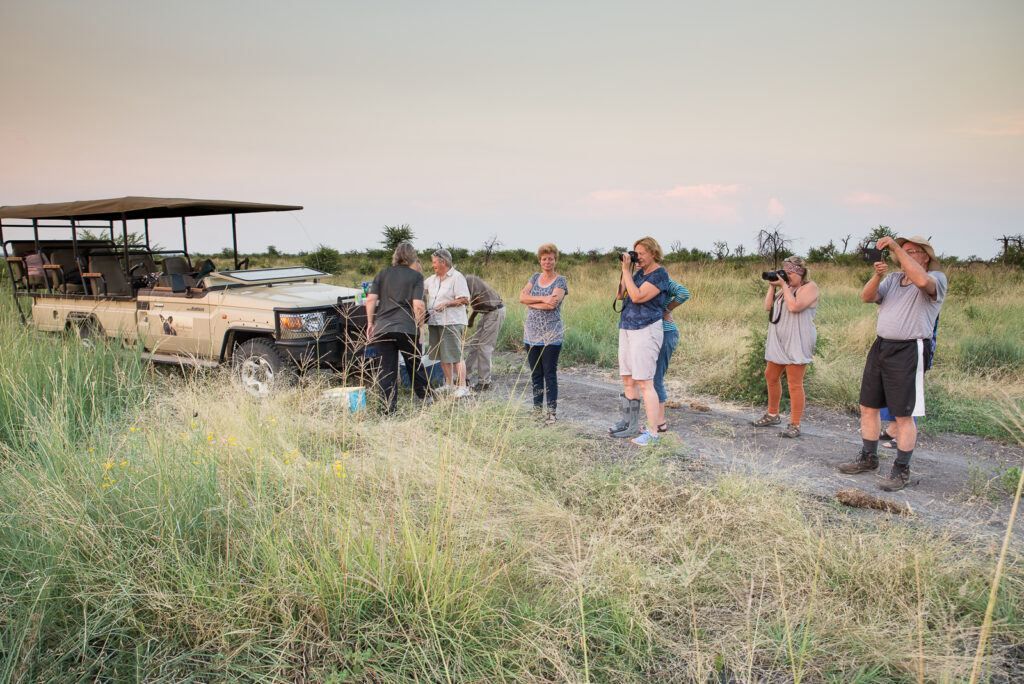
Photographing the sunset during a sundowner at Madikwe, South Africa. Photograph by Tobie Schalkwyk
Help to find animals and birds by looking around. Remember to scan the trees as well as the ground. When you see something, say ‘stop’ just loud enough for the guide to hear you.
3. Sit Booboo, Sit!
It is never a good idea to stand up in an open-safari vehicle! The moment you break the uniform shape of the vehicle and its occupants, you stand out as something different – a live entity, a possible snack to a carnivore! You endanger not only your own life but also the lives of those around you.
For the same reason, you never leave a safari vehicle unless under the instruction and supervision of your guide. Guides have favorite spots for sundowners etc. but they usually scout it first for recent spoors (animal tracks and scent) and the presence of dangerous animals.
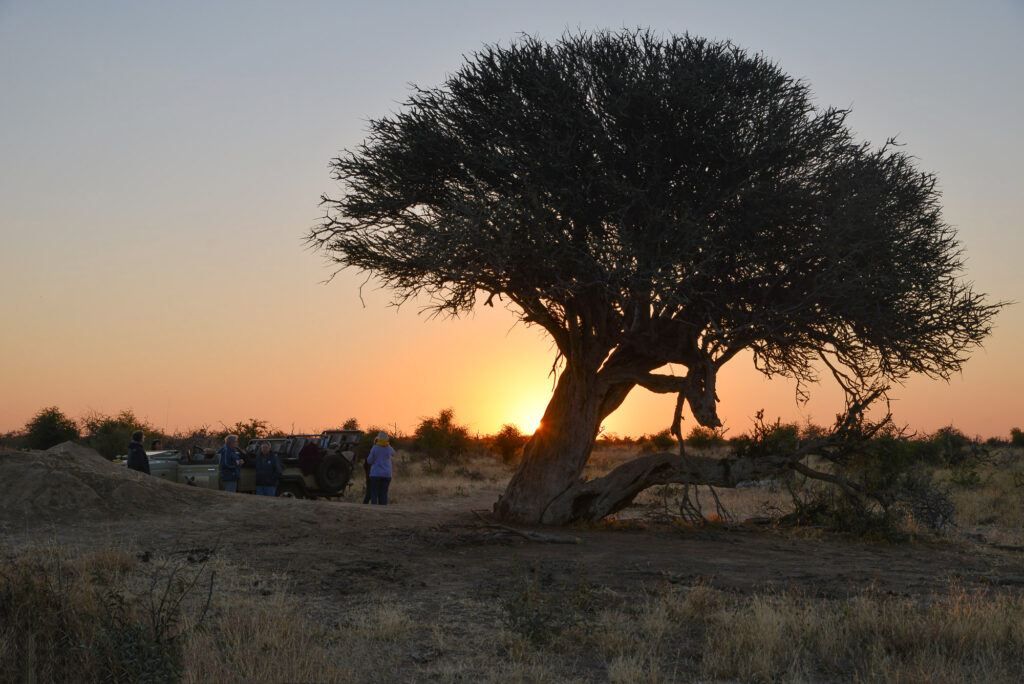
Another sundowner at Madikwe, South Africa. Photograph by Tobie Schalkwyk
If you do exit the vehicle with permission, do not wander off from your group – alone ‘animal’ is a soft target in the eyes of a predator and you’re gambling with your life! As thorough as the preparation of your guide may be, carnivores are built for stealth and their absence (or not) is never an absolute certainty. The safest place you can be is in a group.
It is never a good idea to stand up in an open-safari vehicle!
If you do suddenly find yourself in a dangerous position, do not run! Fleeing from a carnivore triggers an attack response and the chances are high that it will start chasing you. Simply start backtracking towards your group while keeping your eye on the danger.
Note: Every rule has its exceptions. Some open-safari vehicles are equipped with a raised canopy. This canopy forms the top of the vehicle’s uniform shape so it’s quite safe to stand up when desired. Bottom line: follow the guidance of your guide but do not stand up before his/her explicit approval to do so.
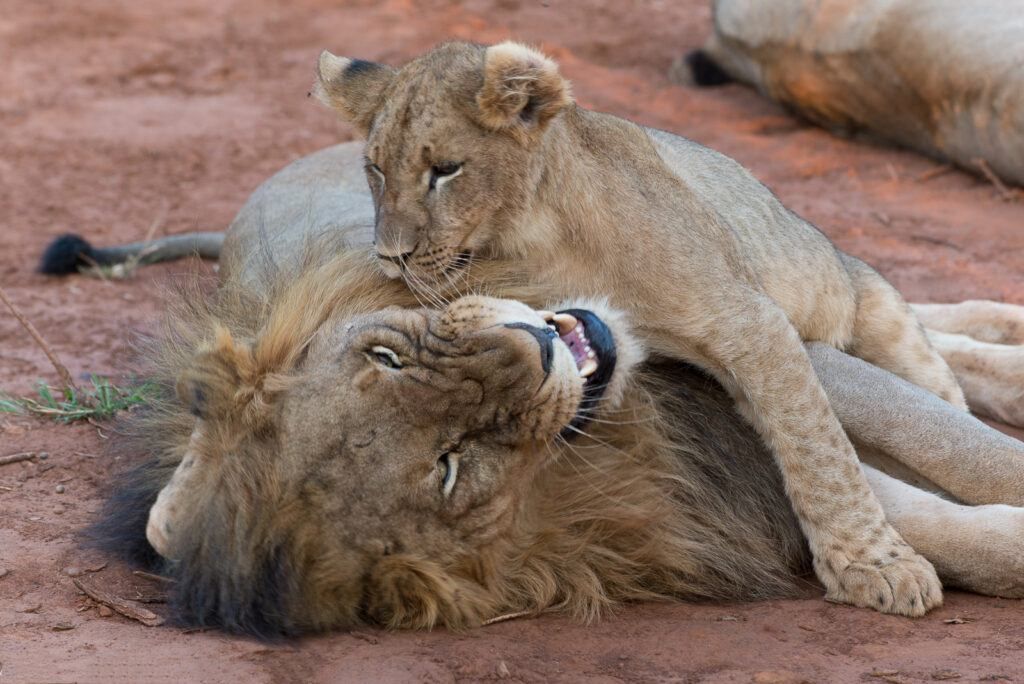
Key Lesson: Every trip is different. Start yours with an open mind. Tune yourself into Africa’s sounds, its smells, its scenes, its experiences. Absorb as much as you can. Remember, in the blink of an eye you’ll be on your way back home.
Make immediate friends with your guide as well as your co-passengers. Enjoy their accents, the way they experience everything. Some of them may be experienced ‘safarists.’ Remember, the only ‘stupid’ question is the one never asked, so don’t be afraid to utter them.
One other important point: don’t be a spoilsport. I have been on a trip where some of the safarists refused to go closer to a lion kill. I will regret having been with them on that trip for the rest of my life. If you see something that’s too much for your tummy, just look away. Consider your co-safarists’ needs and desires and accommodate them as far as possible. After all, it is an African Safari!
Post-Trip Chores
Some of these chores may seem unnecessary and a nuisance, especially when you’d rather want to share the after-trip experiences with those around you, but take my word for it: you will be thankful the next day.
1. Back Up Your Images
I find an external hard drive the best option, assuming that you have access to a laptop.
2. Clean Your Memory Cards After Backing Them Up
You don’t want to find yourself out of memory during a trip.
3. Charge Batteries
This includes the battery inside of your camera(s), even if it’s not fully run down. Charge your flashlight and headlamp batteries or replace them with new ones if needed.
4. Pack the Things Mentioned in the Pre-Trip Preps Above
Don’t leave it for the morning just before your drive. Hang the clothes you’ll be wearing over a chair. Replenish your drinks and snacks. Just be as ready as you can be.
5. Clean Your Gear
- Wipe your camera(s) and lens(es) with a damp cloth and brush the dust from crevices. I keep a small paintbrush in my bag for this purpose.
- Clean your lens glass (both sides) with your cleaning kit.
- Dismount your lens(es) and wipe its contact points. Wipe the lenses’ contact points on your camera. Keep the camera with the lens opening facing down while doing so, to prevent dust from floating down into your camera.
6. Get a Good Night’s Rest
If you’re leaving on an early morning drive, the vehicle usually leaves before daybreak so you will have to get up quite early. Make sure that you’re feeling fresh when leaving for your next adventure!
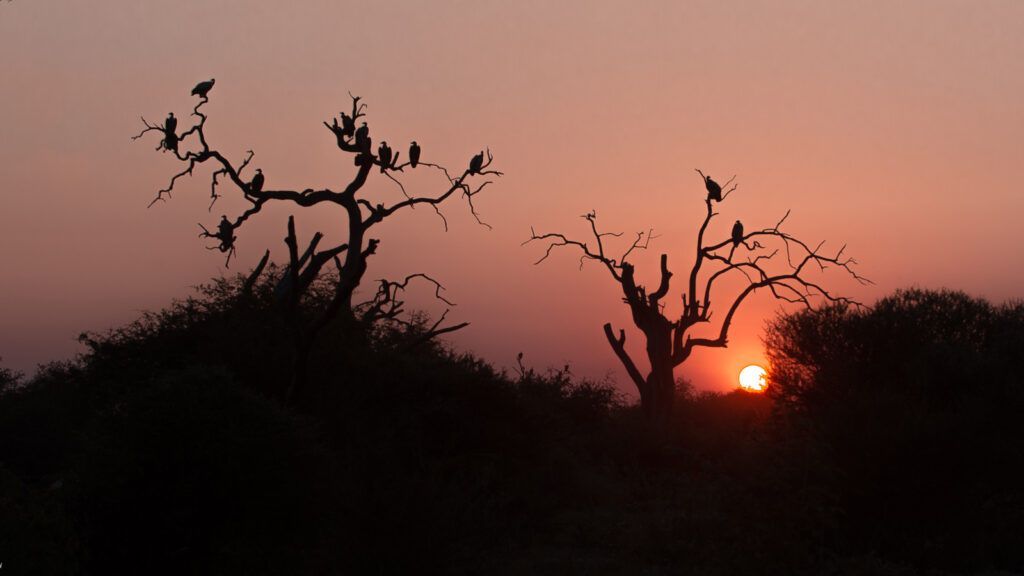
Egyptian vultures settling down for the night close to a (poached) rhino carcass at sundown. Mapungubwe, South Africa. Photograph by Tobie Schalkwyk
Key Lesson: Your post-trip chores are actually pre-trip preparations. The only difference is that you can do it without a rush as you have plenty of time. You thus have no excuse not to do them well.
Place everything you’ll need for your next trip in one spot (on a chair) where you can just grab and go. That includes your clothes.
Sometimes (if you are fortunate enough) your safari guide gets unexpected news of a lion kill or other interesting sighting close by and may unexpectedly start getting everyone together for a trip. You are usually given a choice: be on the vehicle in five minutes or stay behind.
Don’t get caught with your pants down (pun intended)!
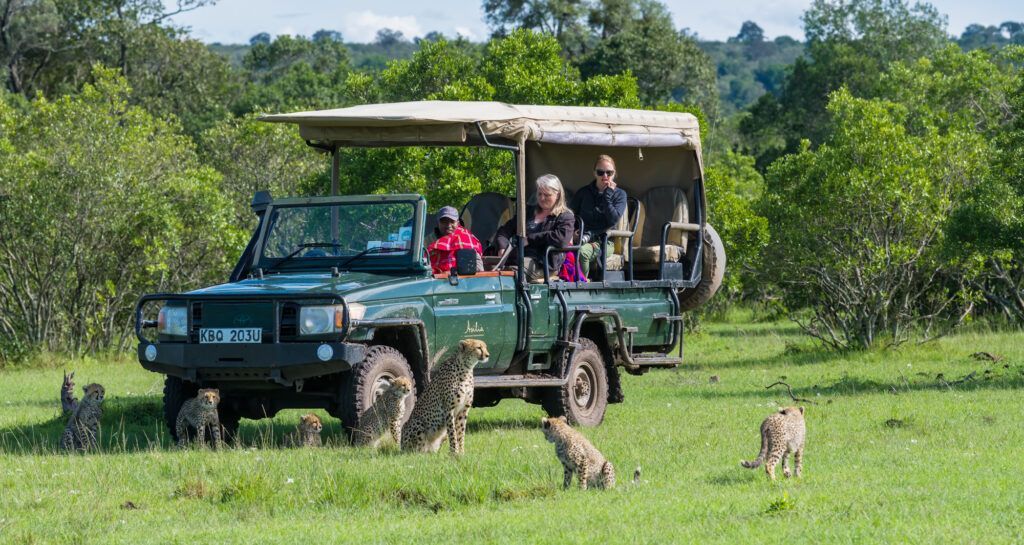
Photograph by Marc Mol
Recommended Reading: Want to learn how to make your photos stand out from everyone else’s? Grab a copy of Photzy’s Effective Storytelling premium guide.
Conclusion

Not everything photographed has to be dangerous. A Tree Hyrax family at Mapungubwe, South Africa. Photograph by Tobie Schalkwyk
Well, I hope that you are now well pumped for your first African Safari, or at least a little more excited about it!
Enjoy your first African Safari! Who knows, we may just meet somewhere along the way!
Self-Check Quiz:
- Which area of a safari vehicle should you avoid and why?
- Name five items that you should wear in the event of a night drive.
- Why should you not get up without permission in a safari vehicle?
- Name at least three post-trip chores that you need to do.
- Why should you carry multiple camera bodies if possible?


